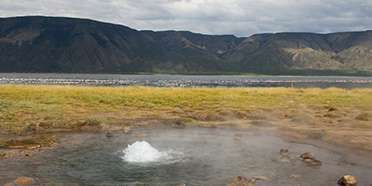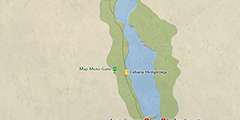
Safari Tours to Lake Bogoria NR
-
![4-Day Rift Valley Lakes]()
4-Day Rift Valley Lakes
$1,621 to $1,855 pp (USD)
Kenya: Private tour
Mid-range Lodge & HotelYou Visit: Nairobi (Start), Lake Naivasha (Naivasha), Lake Nakuru NP, Lake Bogoria NR, Nairobi (End)

Africompass Agency
5.0/5 – 15 Reviews
-
![6-Day Bird Watching Safari Extravaganza]()
6-Day Bird Watching Safari Extravaganza
$2,208 to $2,589 pp (USD)
Kenya: Private tour
Mid-range Lodge & Tented CampYou Visit: Nairobi (Start), Lake Elementaita, Lake Nakuru NP, Lake Bogoria NR, Kakamega Forest, Lake Naivasha (Naivasha), Nairobi (End)

Sumpton Safaris
5.0/5 – 3 Reviews
-
![6-Day Photographic Safari in Kenya]()
6-Day Photographic Safari in Kenya
$2,245 to $2,353 pp (USD)
Kenya: Private tour
Mid-range Lodge & ResortYou Visit: Nairobi (Start), Samburu NR, Lake Bogoria NR, Masai Mara NR, Nairobi (End)

Viega Expeditions
5.0/5 – 4 Reviews

 Kenya Parks
Kenya Parks












